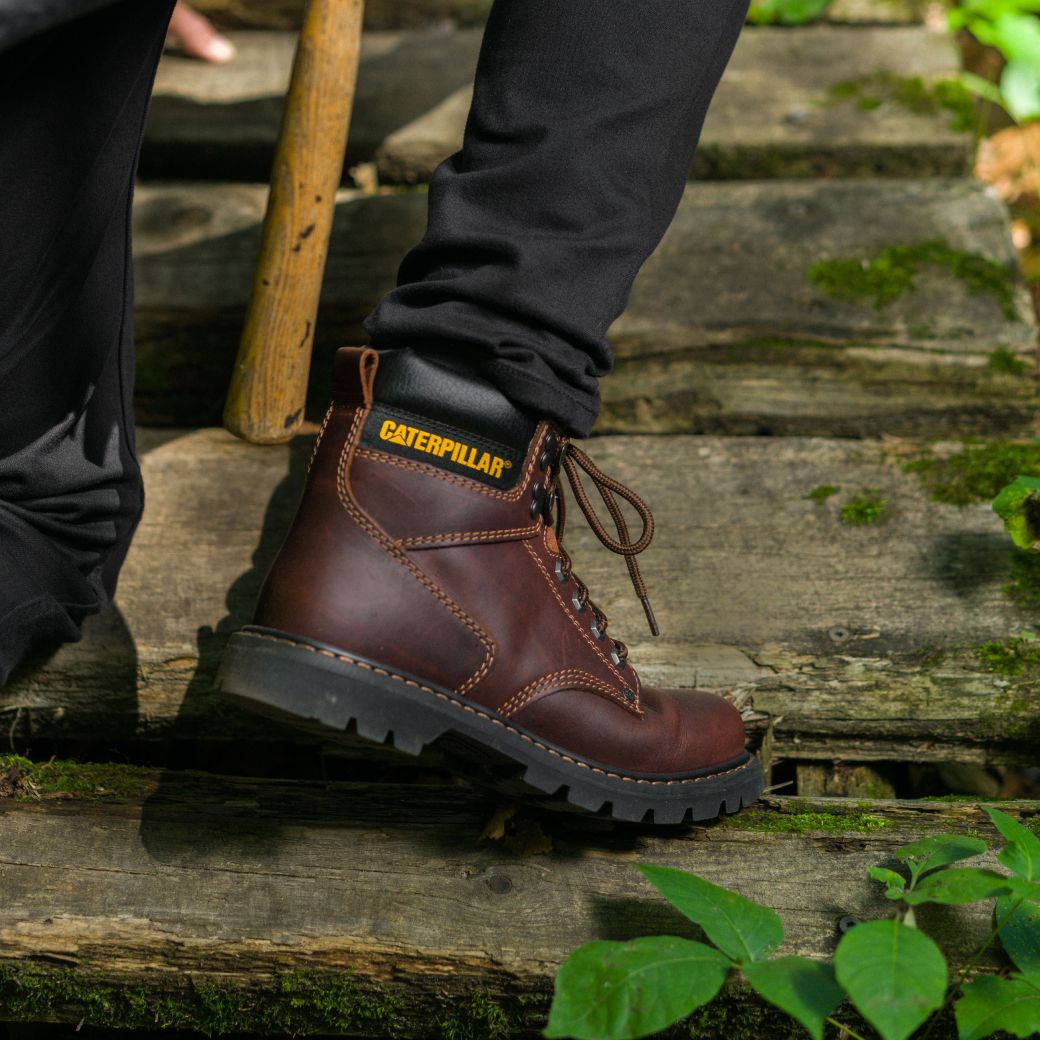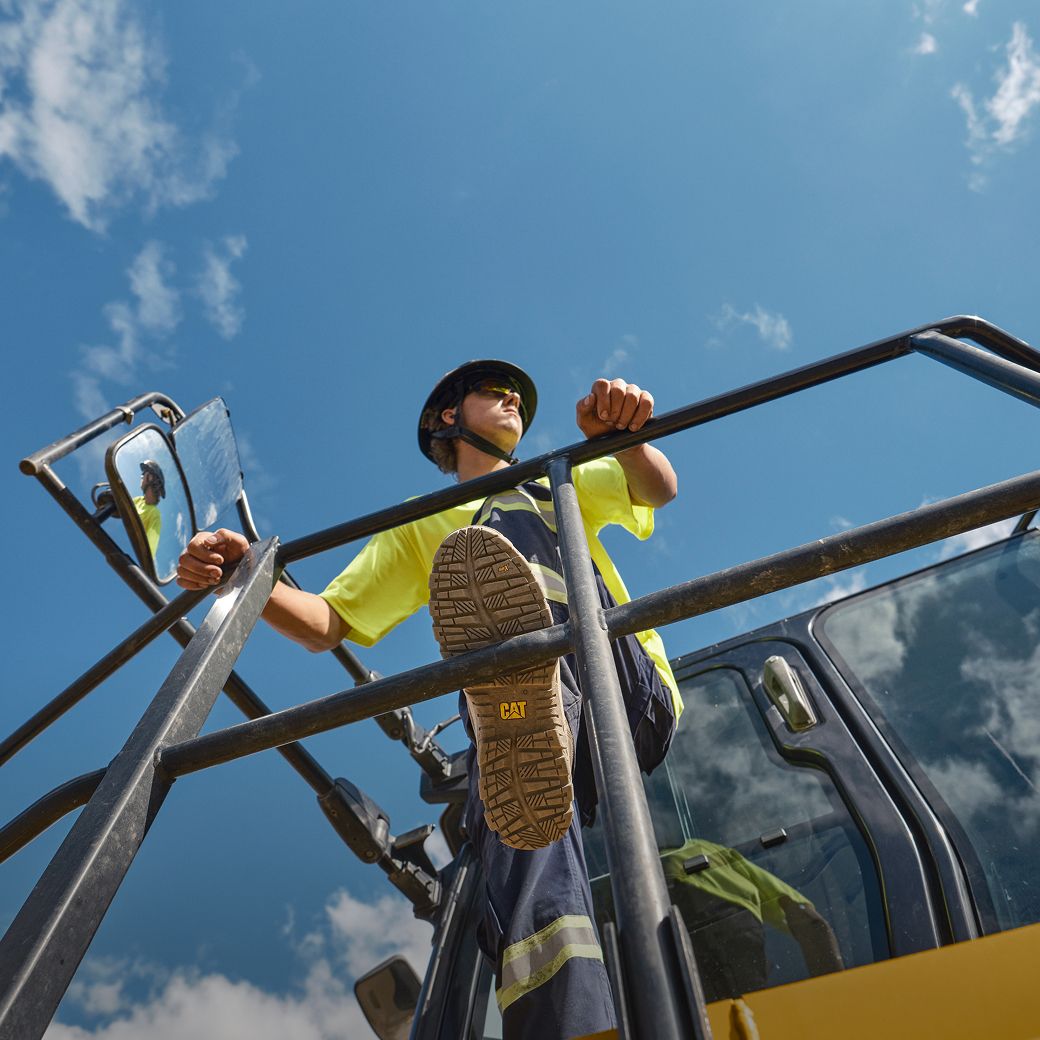CATDEAL: Enjoy 40% Off Select Styles at catfootwear.com through 11:59PM ET on 7/11/2025, or while supplies last. Use code CATDEAL at checkout. Valid on products in the Cat Deal sale gallery . Not valid on Prodeal purchases, prior purchases, select full price merchandise, sale merchandise, gift cards or e-cards, or purchases from retail stores or other websites. Additional product exclusions may apply. Cannot be combined with any other coupon or discount.
CATDEAL: Take 30% Off select full price styles + an extra 10% off sale merchandise at catfootwear.com through 11:59PM ET on 11/10/2024, or while supplies last. Use code CATDEAL at checkout. Not valid on the Colorado Equip Collection, Invader Max Waterproof Composite Toe Work Boot, Prodeal purchases, prior purchases, gift cards or e-cards, or purchases from retail stores or other websites. Additional product exclusions may apply. Cannot be combined with any other coupon or discount.







